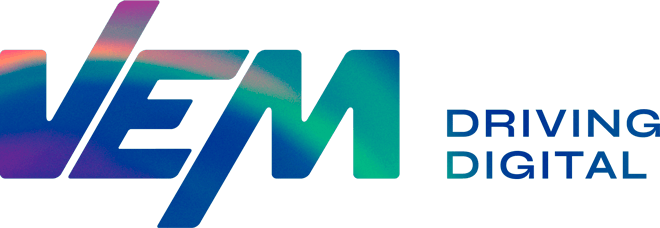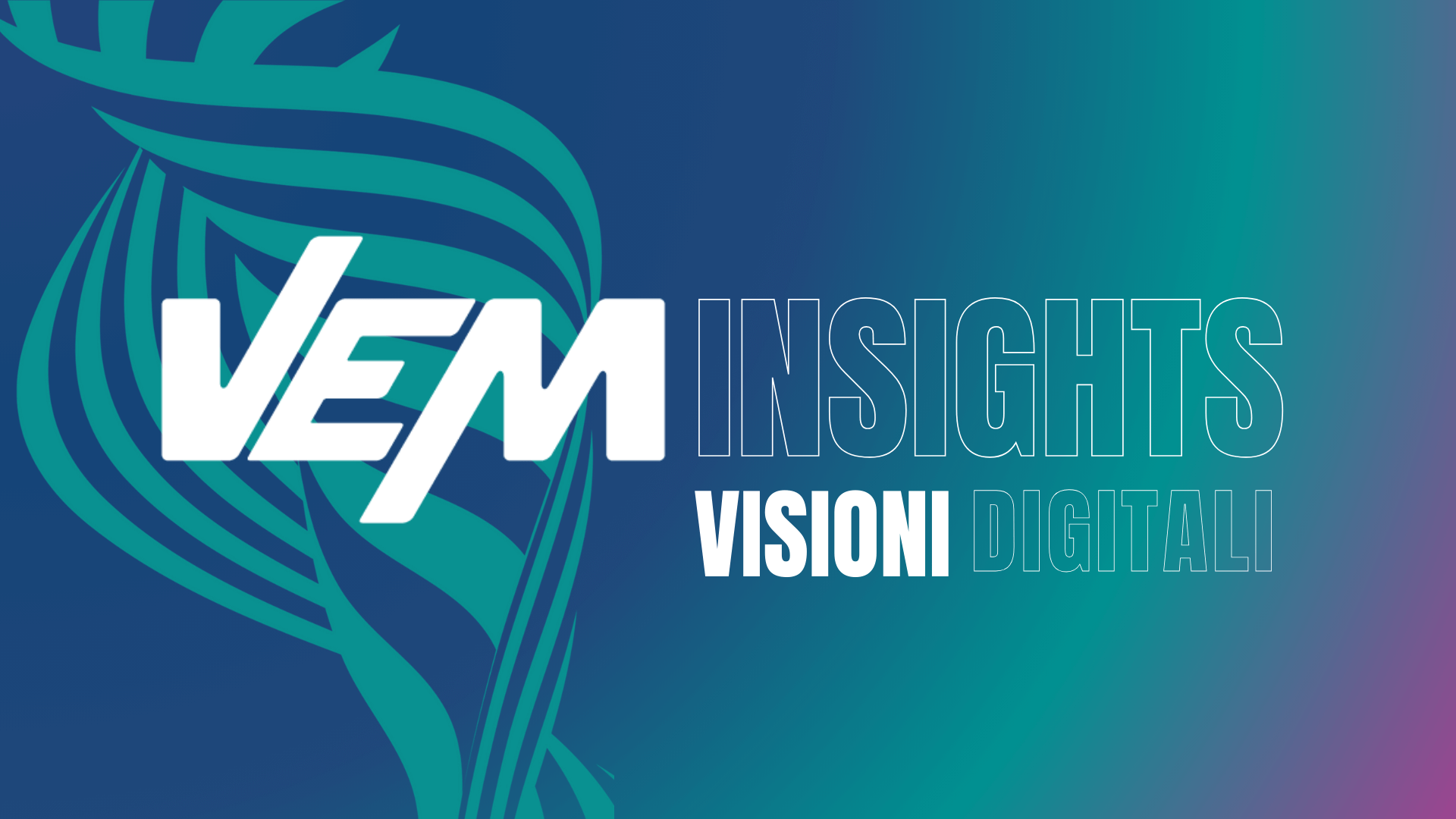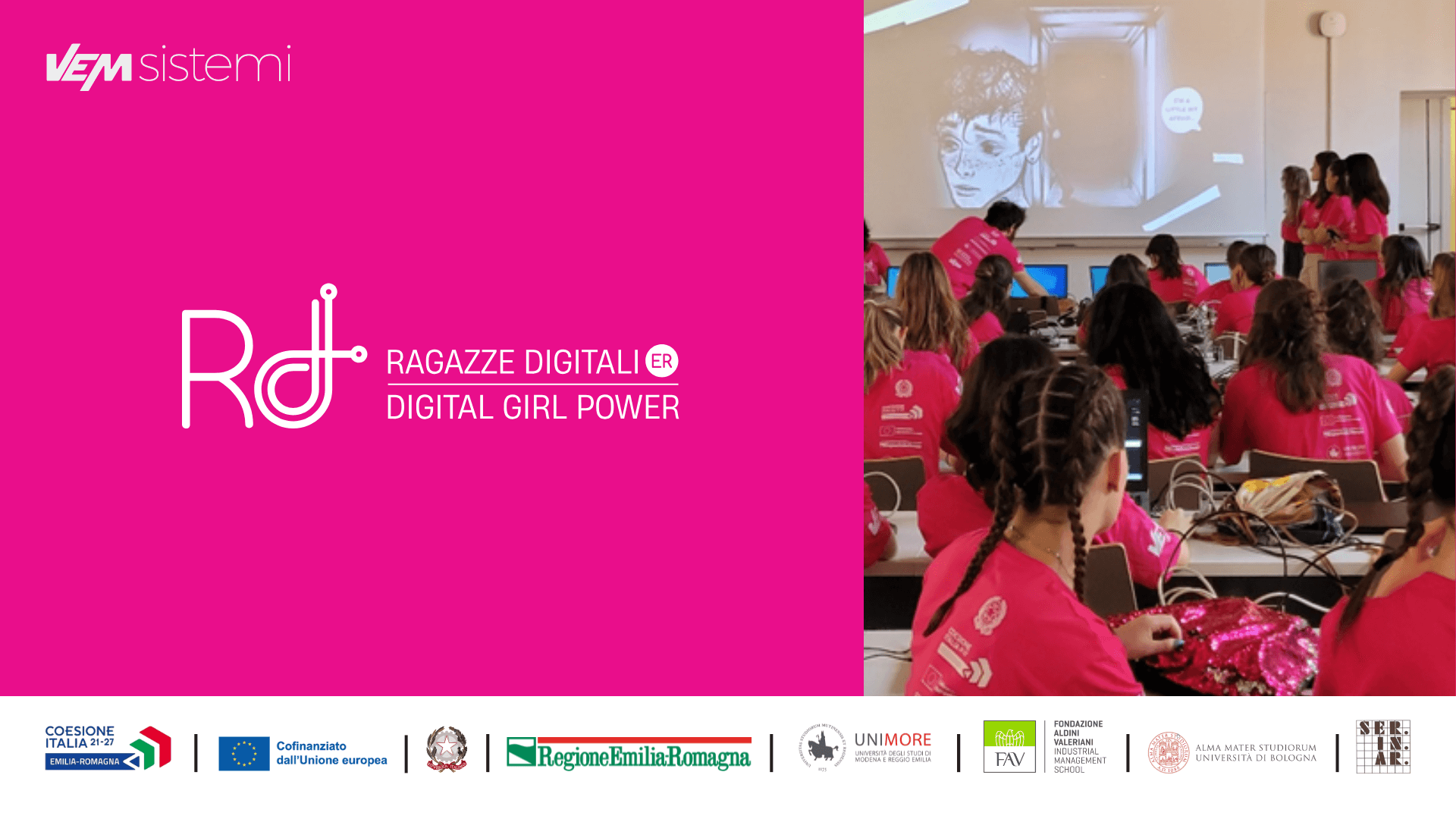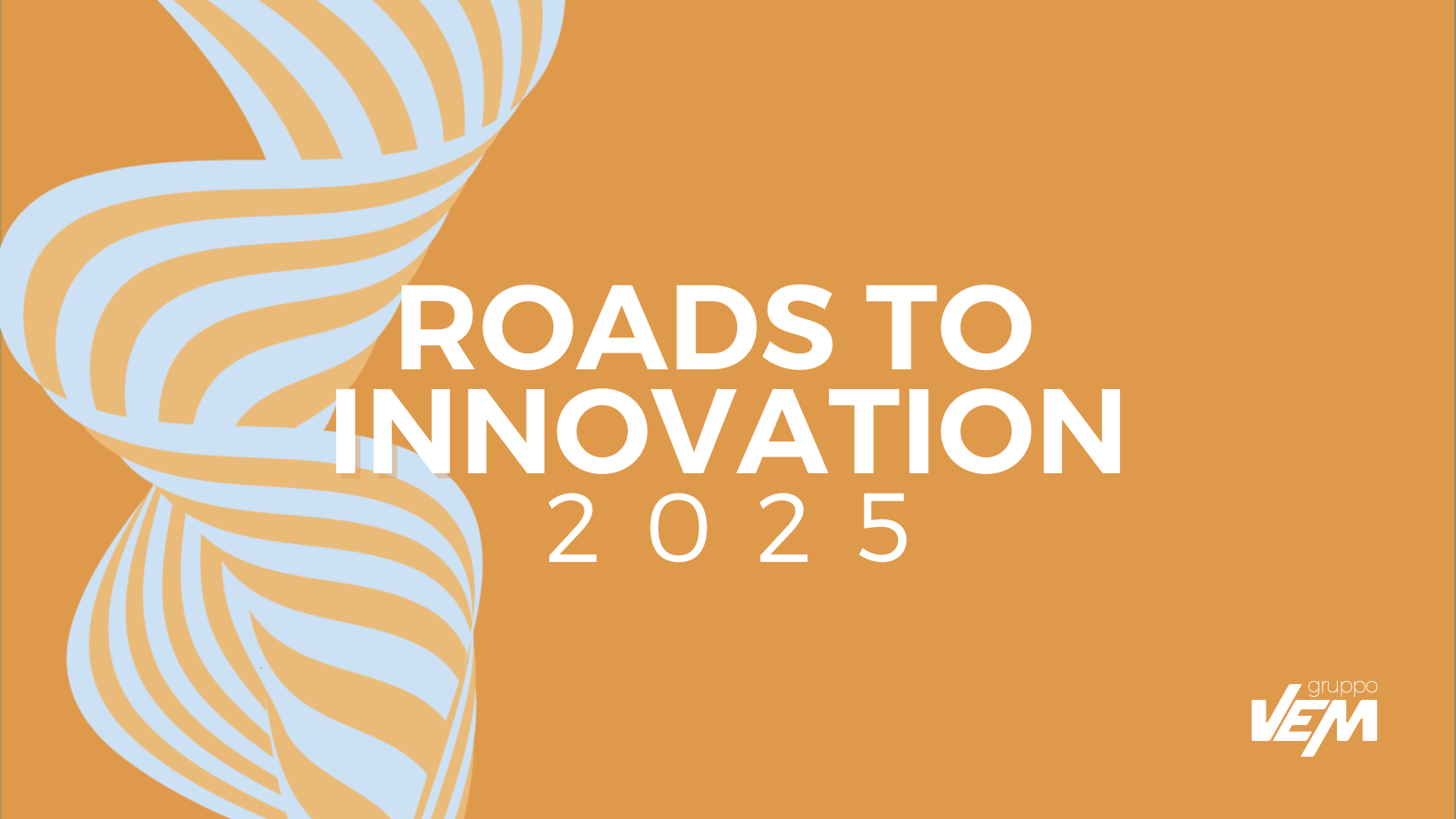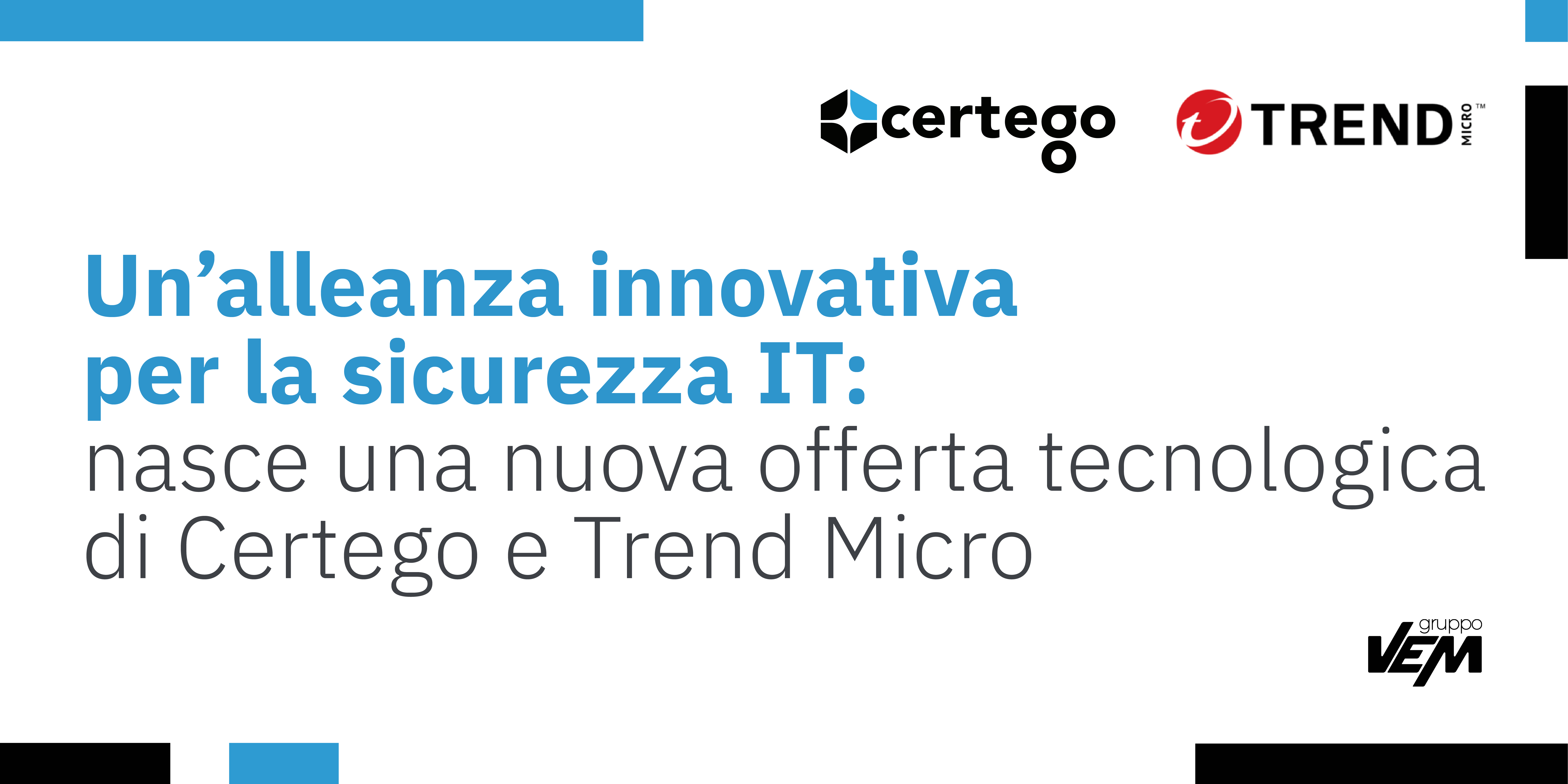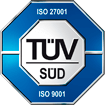WORLD CLOUD SECURITY DAY
Optimizing Compliance and Security in the Cloud according to Neen
By Ernesto Franchini, IT Service & Delivery Manager at NEEN
In recent years, cloud computing has become a strategic priority for companies across all industries.
The growing digitalization of processes and the openness to new technologies such as artificial intelligence, big data, IoT, and cloud-native architectures are driving businesses toward structural evolution. The cloud, with its flexibility and scalability, allows resources to be adapted to real operational needs, overcoming the limitations of rigid and costly physical infrastructure.
But with cloud migration come two crucial challenges: cost control and security.
On the financial side, unlike on-premise environments—where costs are generally predictable and tied to fixed infrastructure investments—every resource consumed or created in the cloud incurs a cost. Without an effective governance strategy, the risk is uncontrolled cost growth, significantly impacting the company’s budget. While economic governance is fundamental, security is even more critical: cloud adoption without the support of expert partners and advanced protection solutions can expose companies to vulnerabilities and potential breaches. The complexity of cloud architectures and the need for secure configurations make a proactive approach to cybersecurity essential.
On World Cloud Security Day, it’s important to raise awareness among businesses about these challenges, promoting effective strategies for safe and sustainable cloud adoption.
So, how do you secure cloud infrastructures?
The answer lies in an integrated approach, starting from the creation of the account to the advanced management of cloud services. Every step requires attention and specialized skills: from access management to data protection, from continuous monitoring to proper environment configuration—without forgetting network security, regulatory compliance, and ongoing employee training.
It is crucial to implement advanced authentication systems, data encryption, and threat detection tools to prevent unauthorized access and suspicious activity. Vulnerability management and the regular application of patches ensure protection against emerging threats, while solutions such as advanced firewalls, VPNs, and micro-segmentation strengthen network security. An effective backup and disaster recovery plan further maximizes operational resilience in case of attack or failure, while compliance with security regulations reduces the risk of sanctions and enhances data governance.
Last but not least, there’s the human factor. Ongoing employee training is essential to foster a cybersecurity culture, transforming security from a simple technical requirement into a shared responsibility, known as the Shared Responsibility Model. In this model, the provider is responsible for the infrastructure’s security, while the client must protect everything created and managed in the cloud: data, applications, configurations. Clearly understanding this model is fundamental to defining the boundaries of one’s responsibility and adopting the appropriate security measures.
This is where the role of an expert partner like NEEN—the VEM Group’s center of excellence for next-generation cloud technologies—becomes critical: NEEN understands the technologies, the best security practices, and guides clients in selecting, configuring, and integrating the most suitable solutions, ensuring continuity, support, and compliance.
But what does it take to evaluate whether a company meets cloud security regulations and standards?
A Cloud Compliance Check-Up service can be essential to identify potential compliance gaps, reduce legal and security risks, and improve data governance.
According to NEEN, a good check-up service should be developed in multiple phases. It starts with a preliminary analysis, useful for defining the observation perimeter—which may include one or more accounts—and acquiring the necessary access for an in-depth review. It then moves to a scanning and assessment phase, where specific tools are used to check compliance against key frameworks. The results of this phase highlight any discrepancies between resource configuration and best practices, also specifying the level of criticality.
Next comes the results analysis and reporting, which may generate large amounts of data. For this reason, it is helpful to translate the findings into multi-level reports, designed both for management and for technical teams in charge of remediation.
Finally, discussions with the IT team help explore the most relevant critical issues and define an action plan. In some cases, it may be useful to repeat the analysis after a certain period to verify that the identified issues have been effectively resolved.
Consulting approaches like those adopted by NEEN are based precisely on this logic: supporting companies flexibly and in a tailored way, adapting tools and analyses to the real needs of each context. NEEN offers a variety of services to support clients in cloud adoption, such as Migration Services, Cloud Cost Check-Ups, and the creation of hybrid or cloud-native infrastructures. Among the most strategic activities is precisely the Cloud Compliance Check-Up.
Adopting cloud technology doesn’t just mean migrating systems—it means transforming how we think about security, governance, and risk management. It’s a journey that requires vision, awareness, and the willingness to rethink traditional approaches in order to build stronger foundations.

